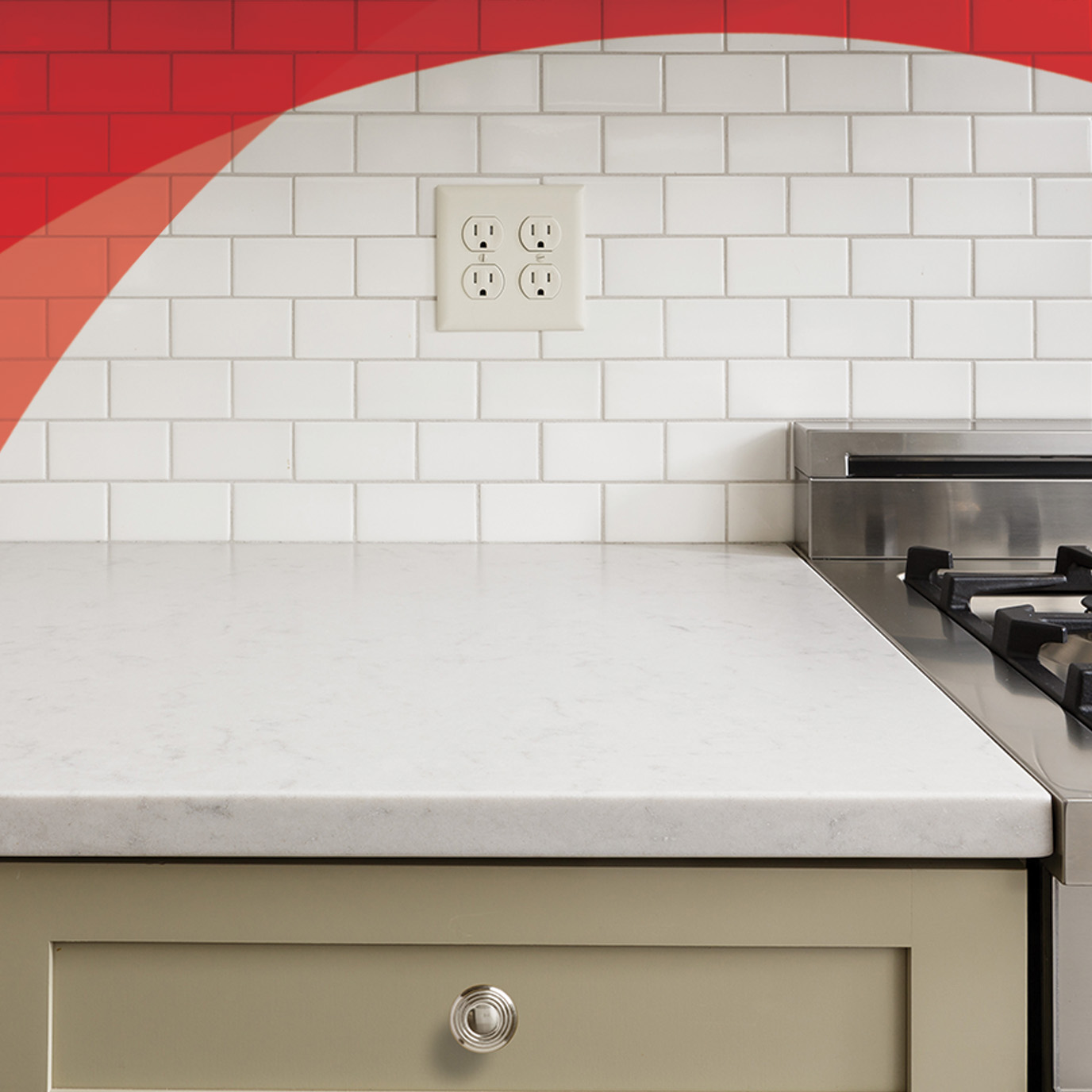What Outlets do I Need in my Bathroom And Kitchen
Feb 23, 2022 | Residential Electric
Take a look at the outlets in your home. You may notice that some have 3 holes while others have 2. Some might have a “test” button, while others don’t. There are certain places in your home that should have 3 prong outlets with test buttons and it’s for your safety.
GFCI stands for Ground Fault Circuit Interrupter. A GFCI will protect you from electrical shocks by sensing the amount of electricity flowing through the circuit. If the flow becomes too great, the GFCI will shut off the circuit. That is why these types of outlets are required in areas with an increased risk of shock due to water or other electrical hazards. These outlets should be installed in places like
- Bathrooms
- Kitchens
- Laundry Rooms
- Utility Rooms
- Garages
- Outdoor Areas
GFCI outlets should be tested once a month to make sure everything is working properly. Pushing the TEST button should cause the RESET button to pop up and turn off the power to the outlet. Be sure to push the RESET button to restore power and protection after the test. Learn more about GFCI outlets here.
GFCI’s have a very specific use. They aren’t for every place and every space. Please note - while GFCI outlets should be present in kitchens, they should not be used with refrigerators, freezers, or other big appliances. They could trip without your knowledge. These devices should have their own dedicated circuit. It is also important to understand that ungrounded GFCIs can still shock you. It won’t last long enough to kill you, but a grounded wire can keep you from getting shocked and is safer.
Ungrounded outlets are dangerous. They are vulnerable to surges, sparks, and arcing that can cause fires, which is why GFCI’s are NOT a substitute for a necessary rewire or panel upgrade. If your home is more than 25 years old, you probably don’t have GFCI outlets and you probably don’t have grounding. Do the walls hum? Lights flicker? Outlets shock you? These are warning signs that the electricity in your home isn’t safe. It’s time to give us a call so we can inspect what needs to be done to bring your home up to code and up to 2022.


Sign Up For Blog Updates
Join the email list to receive updates and information.
"*" indicates required fields
